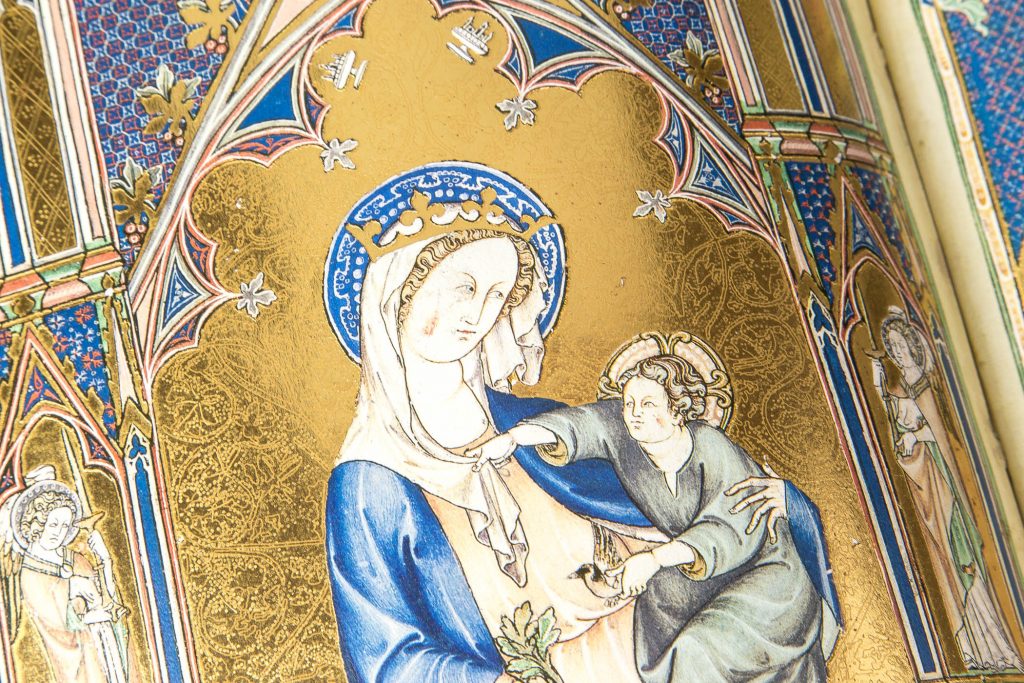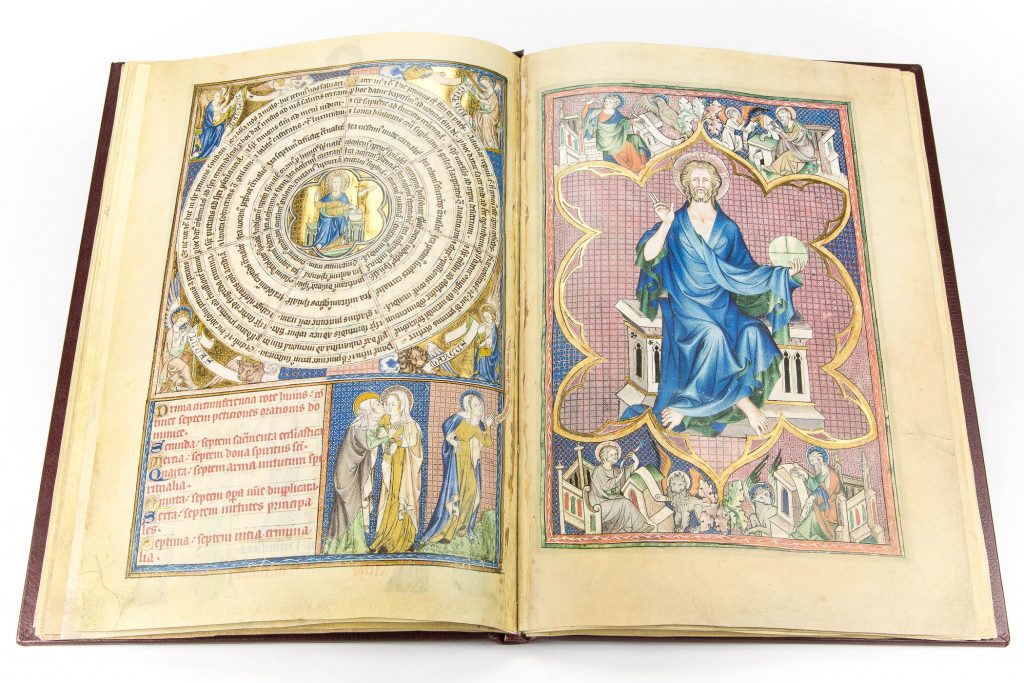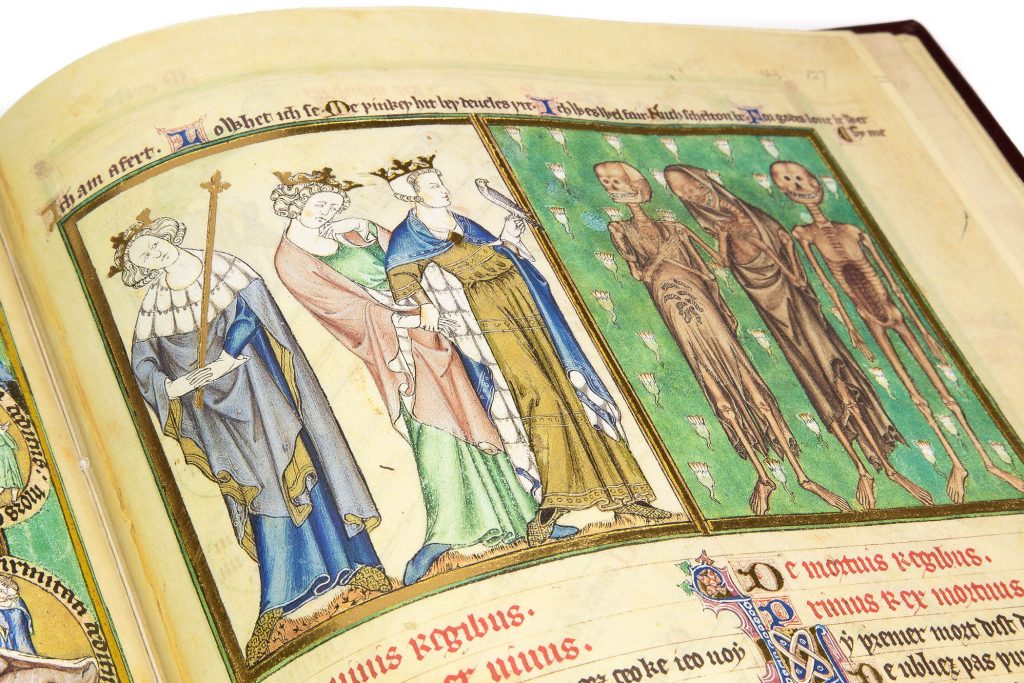Take a minute to read this Alumina article about a lavish Gothic masterpiece: De Lisle Psalter. Made in the 14th century, it is a preeminent example of English Gothic illumination.
Solemnity and pathos, grace and drama, radiant splendor and sober refinement. These are only some of the innumerable sensations and intense emotional vibrations that a remarkably beautiful parchment like the De Lisle Psalter still manages to transmit and communicate to us today from a distance of eight centuries since its creation.

Thanks also and above all to the excellent, extremely faithful facsimile edition co-produced by Müller & Schindler and Eikon Editores, and exclusively distributed in Italy by Scripta Maneant. For its extreme elegance, the De Lisle Psalter is a typical example of “decorated style”, one of the most refined and flawless styles of Gothic art developed in Westminster during the reign of Edward II.
De Lisle Psalter: Gothic Tradition
A brilliant specimen of humanity’s book heritage, as well as being one of the most famous and outstanding illuminated manuscripts of the European Gothic tradition, the Psalter is one of the most beautiful pieces that the British Library has ever had in its permanent exhibition in the Sir John Ritblat Gallery, together with the Lindisfarne Gospels, the Bedford Hours, the Haggadah Dardo and other masterpieces of extremely high quality and of fundamental historical and artistic importance.

The Psalter (London, British Library, Arundel 83 II) comprises 38 pages without text, illustrated with 33 miniatures of Biblical themes, some of which are full-page. To these are added a Speculum Theologiæ, with 12 illustrated full-page theological tables inserted, a chart without illustrated decoration and a calendar with beautiful miniatures to open the work.

Article written by Lia Cesareo for Alumina – Pagine Miniate.
Order your subscription to Alumina today!
Subscribe to Our Newsletter


